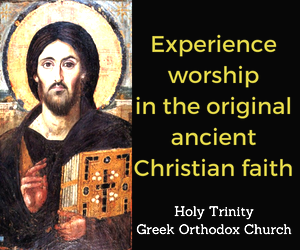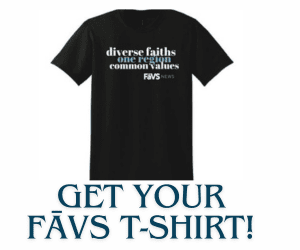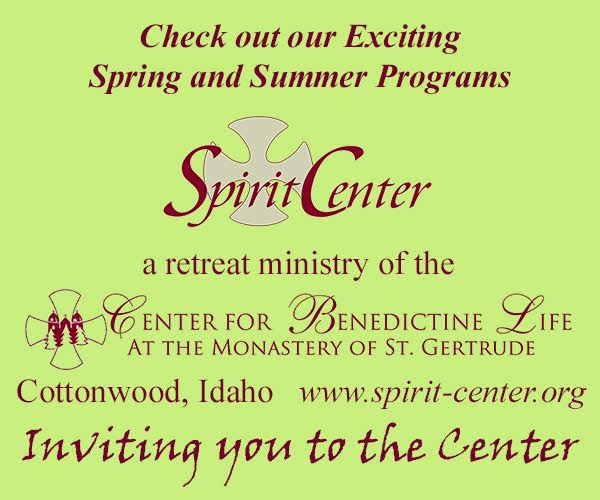Albert Einstein is quoted as saying, “We can’t solve problems by using the same kind of thinking we used when we created them.” So, how do we encourage the kind of creativity needed to solve the world’s many problems. Let’s start with a test for creativity.
In the Duncker candle problem, you get a candle, a box of tacks and a book of matches. You have to find a way to fix the candle to a wall in such a way that the candle when lit doesn’t drip wax onto the wall, table or floor. The test requires you to think about familiar objects in a new way.
Familiarity helps us feel safe and included but it does not make us more creative and imaginative, being immersed in different cultures and surround by and interacting with people different from ourselves does that, according to famed celloist, Yo-Yo Ma, who created a collective known as the Silk Road Ensemble. It brings together musicians from different cultures and different traditions. He asks the question, what could happen when strangers meet? What could musicians from many different cultures create when they come together? “It turns out, something extraordinarily beautiful. Yo-Yo Ma describes the work of the collective as something he calls the edge effect, the point at which two ecosystems meet, like the forest and the savannah. And apparently, in ecology, this edge effect is where the most new life-forms are created. The talent expressed through Silk Road is Yo-Yo Ma’s recreation of this edge effect.
The Richness of the Edges
Some of the hardiest bacteria survive and thrive at the edge between saltwater and fresh water. Perhaps we can learn from these examples and find more creativity and solutions to the world’s problems at the edge where different cultures meet. Unfortunately, these are also places where wars break out. We need to talk and meet people so that we can enjoy the richness of these edges.
In another project, the researchers hypothesized correctly that the students who showed the most creativity at the end of their school years would also be those who’d had the most interactions with people from different countries. Psychology research out of Tufts University has found that when you introduce racial diversity into a group, all the people in the group begin to broaden the scope of their thinking and to explore more options. In other words, become more creative. This is likely true of other differences like religion and culture,
Social psychologist Adam Galinsky tried the Duncker candle problem with a group of smart undergrads at Princeton, only a small percentage of the students solved the problem within 15 minutes. The reason is that the test requires you to think about familiar objects in a new way. For example, “A box of tacks can be a repository for tacks but can also be a stand. And the solution is you dump all the tacks out of the box; you tack the box to the wall, and then you put the candle inside.”
Talk, Listen
While surrounding yourself with people who think differently from yourself can make you more creative, generosity often stems from familiarity. So, part of the challenge is finding the balance between creativity and generosity or finding ways to feel more comfortable in a diverse group. Talking and listening can facilitate this comfort.
We are hardwired to be most generous with our connections: people we know personally, people who look like those we know, people who have our backs, and people who look like they might. The result: the most homogeneous societies have the most extensive social safety nets. Few communities in this world are truly homogenous. If we take a broader view at the world, we easily see that we don’t live in a homogenous place and that efforts to force the world to be more homogenous can result in terror. So, how do we change the way we look at the world to become more creative and more generous?
In his book, “Born a Crime,” Trevor Noah describes a situation where some young men walking ahead of him, said in Zulu, Let’s beat up and take money from that white guy behind us. Trevor Noah is not white, but rather a light skinned South African. Hearing and understanding the Zulu youths, Trevor said in Zulu (one of several languages he speaks), “Yes, let’s get them.” At which the Zulu youths said, sorry we didn’t mean you. Trevor Noah goes on to say we believe our ear over our eyes when there is a discrepancy.
What Do We Focus On?
There are many ways people can be “like us,” the way we look, the way we sound, and what we value and believe. Equally we can see the differences in how we look, sound or experience the world. What we focus on tells us whether the person in front of us is different or similar to ourselves.
Another South African, Nelson Mandela said, “If you talk to a man in a language he understands, that goes to his head. If you talk to him in his language, that goes to his heart.”
A straightforward way of understanding Nelson Mandela’s statement is that we should all learn to speak each of the 7,000 languages spoken in the world today. Another way of looking at this is to dialogue through the ways in which we are similar. To talk until we find what we have in common, until we understand that this person who on the surface looks so different might be a person who has our back.
When we have good friends who are racially, religiously, culturally or geographically different from us we can begin to build community and dialogue though differences. But it can be a chicken and the egg situation. How do we reach out and find a good friend in someone who thinks differently from ourselves?






